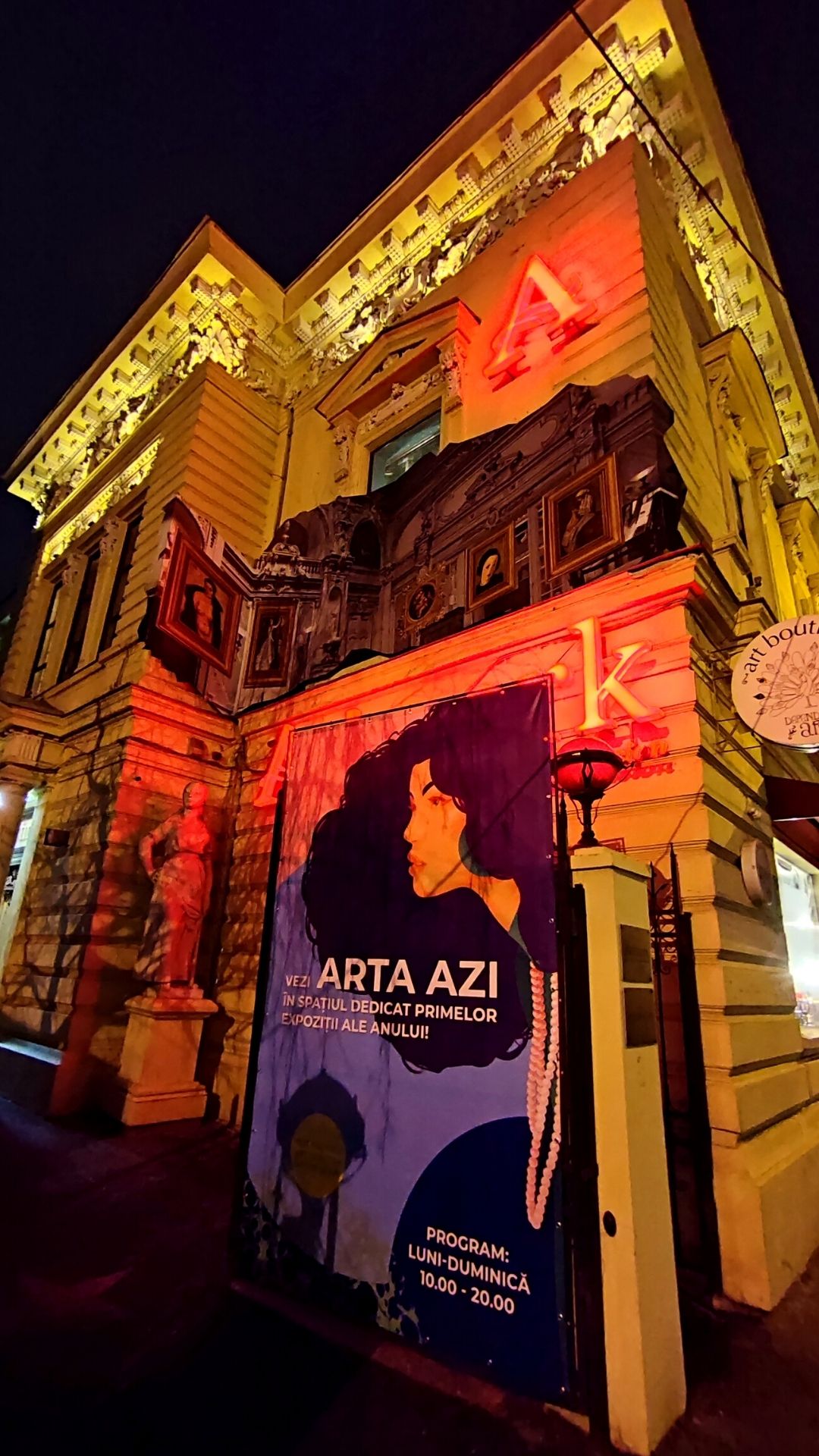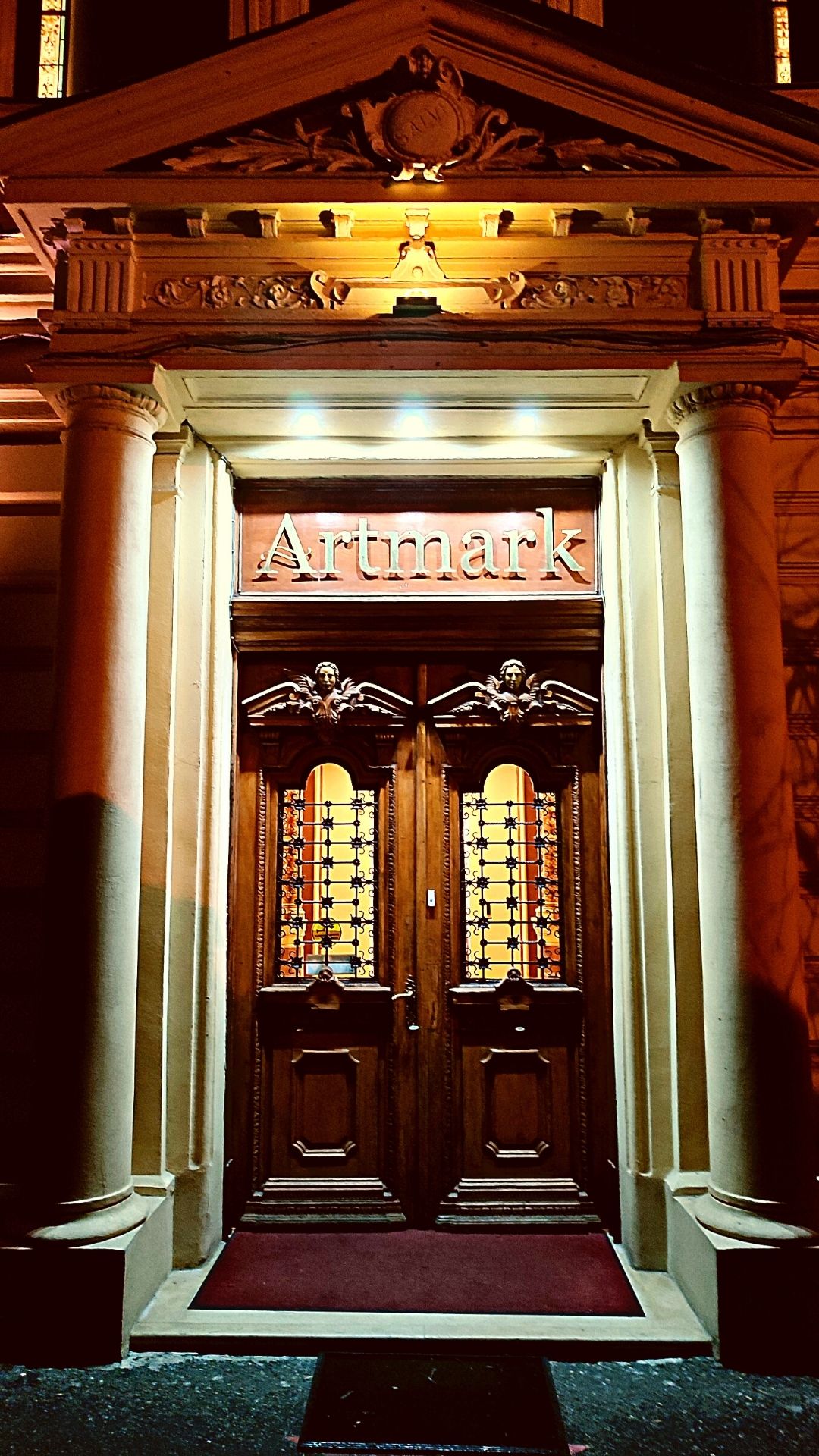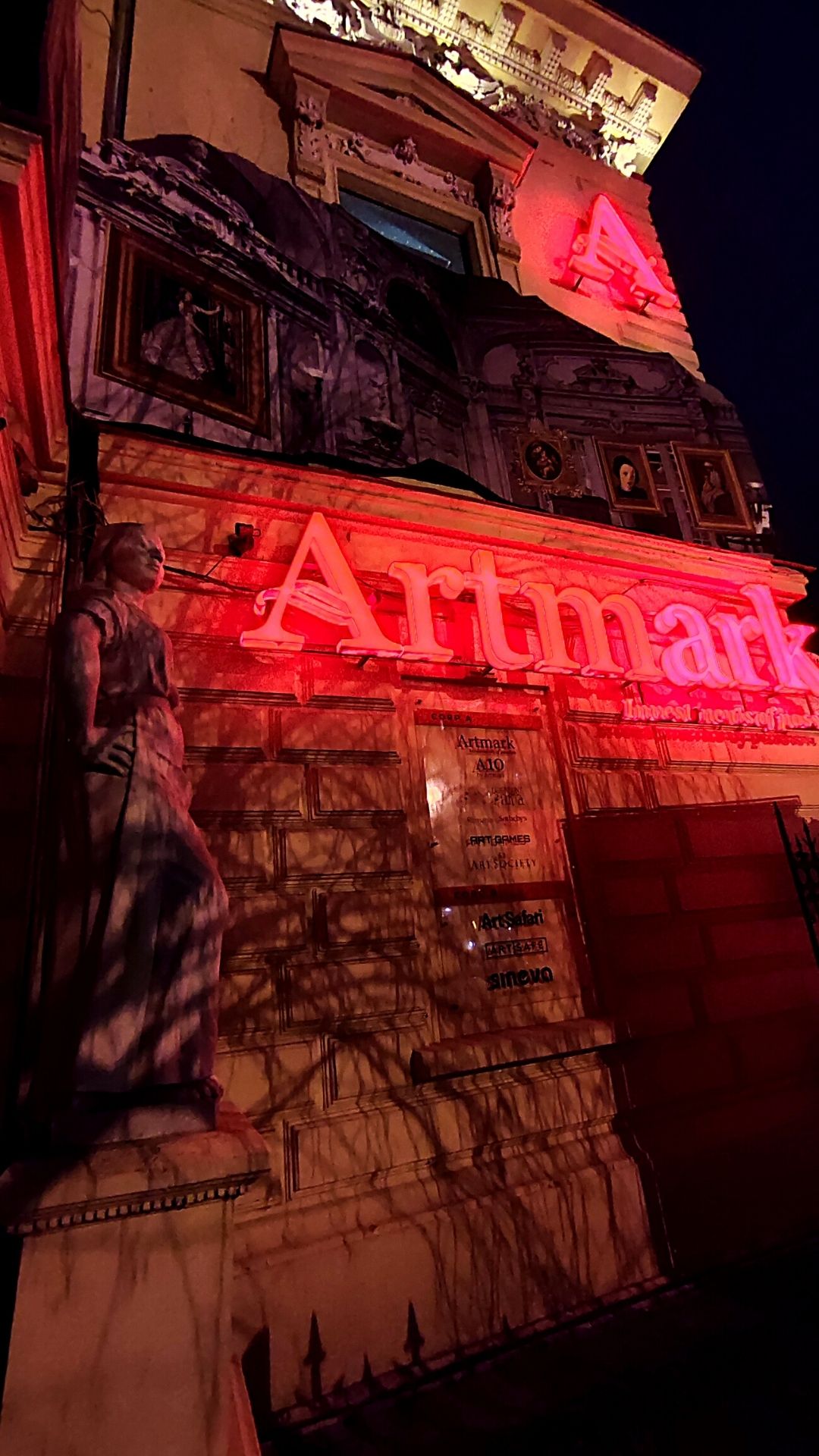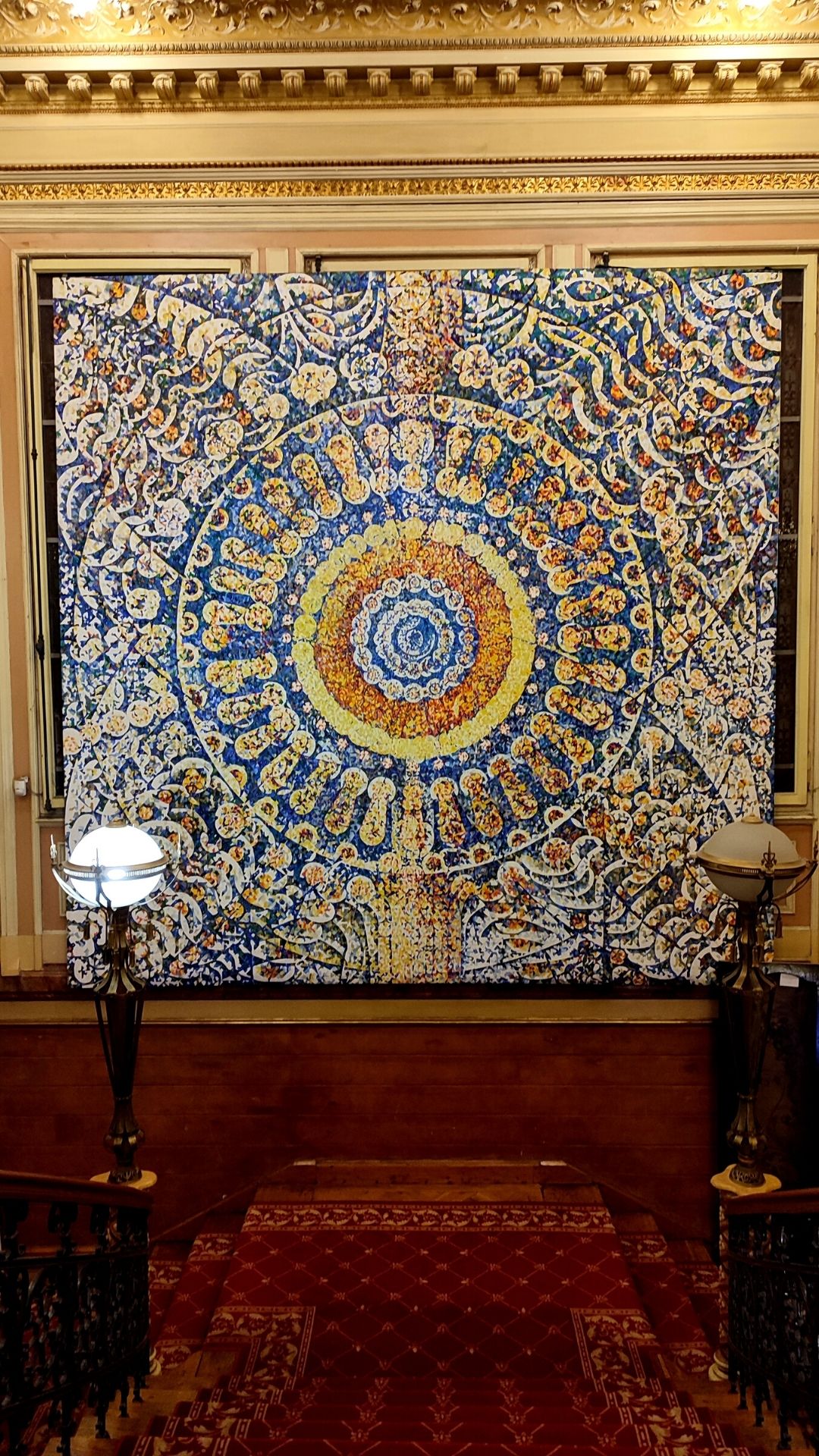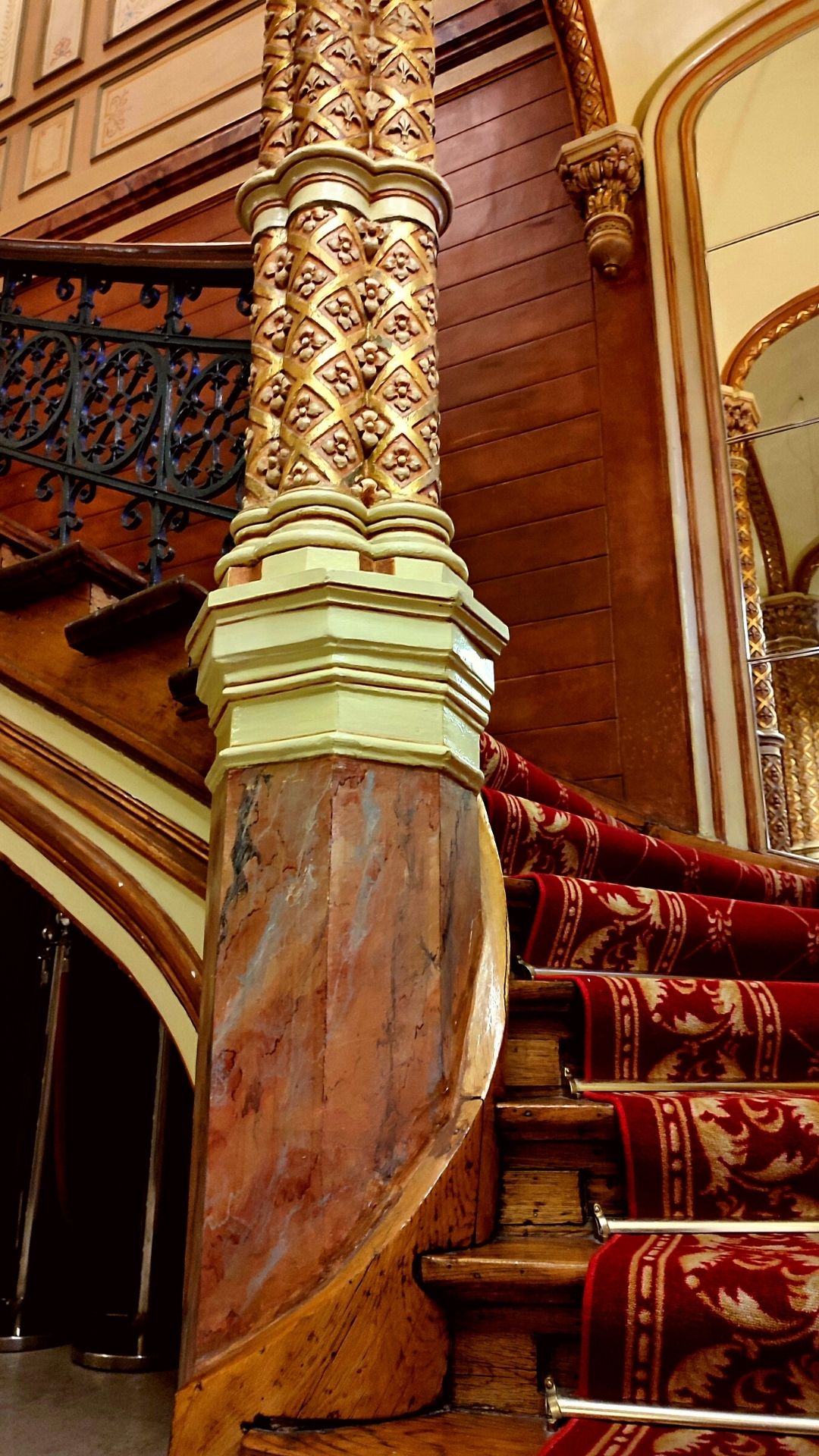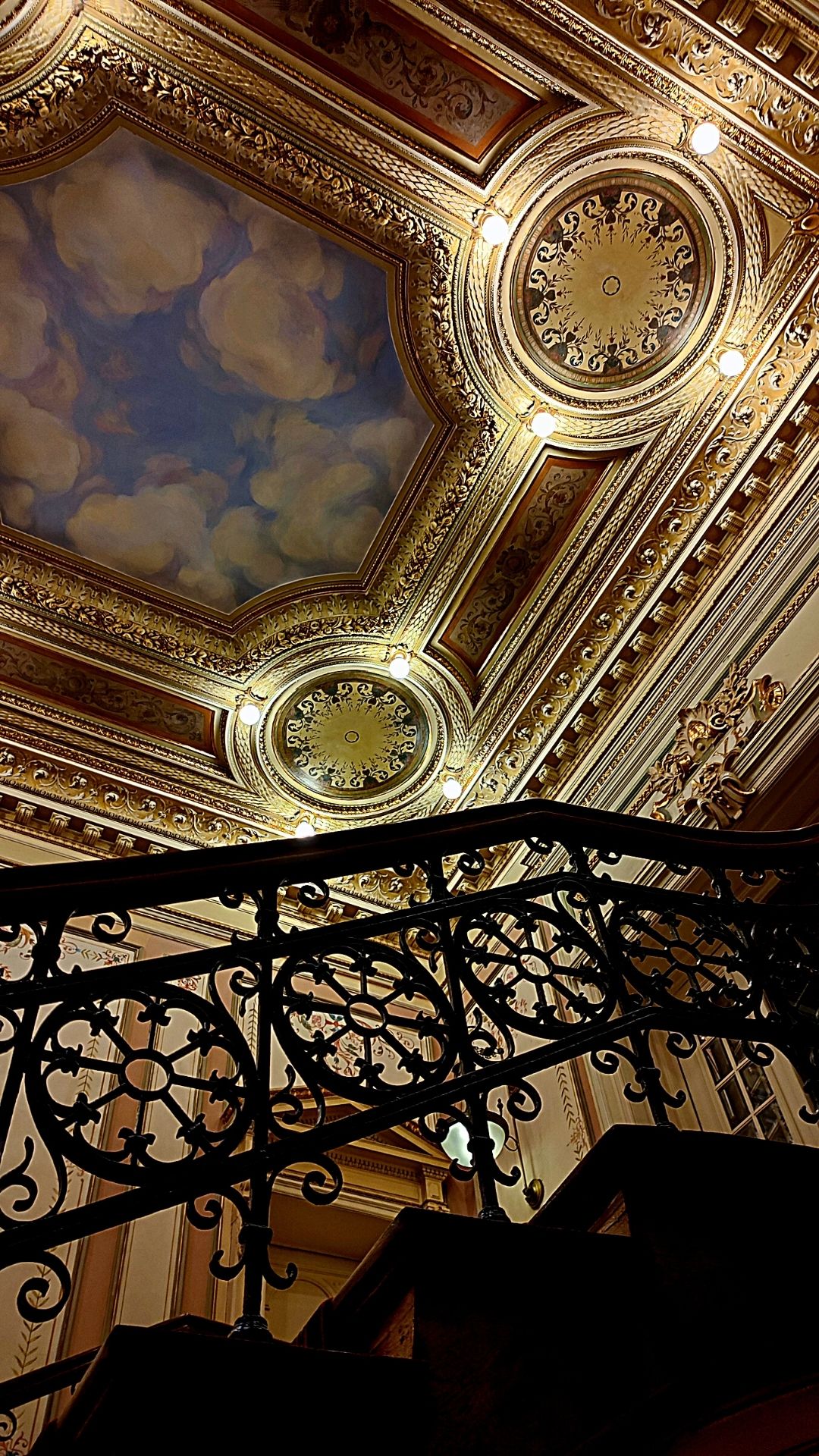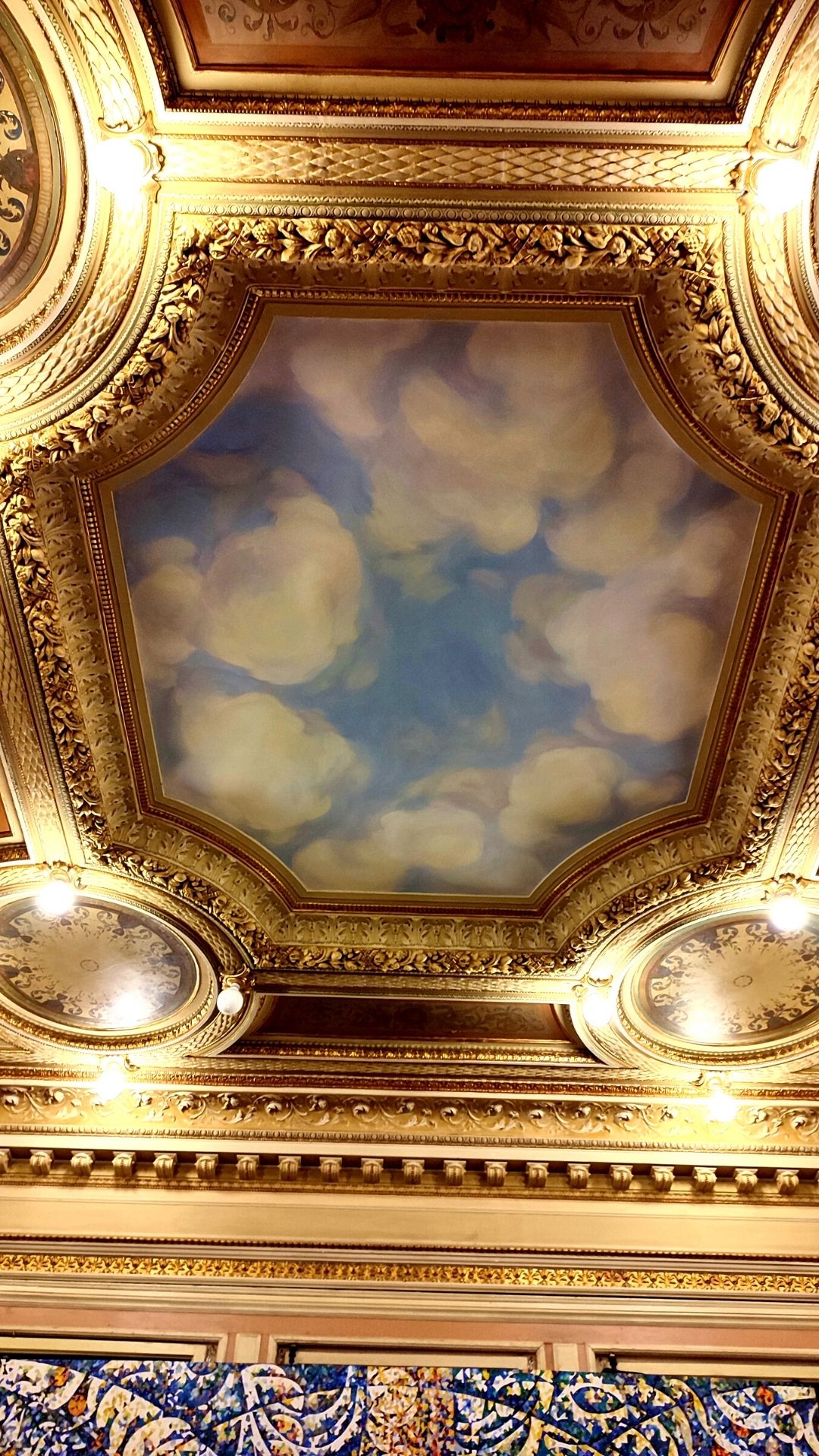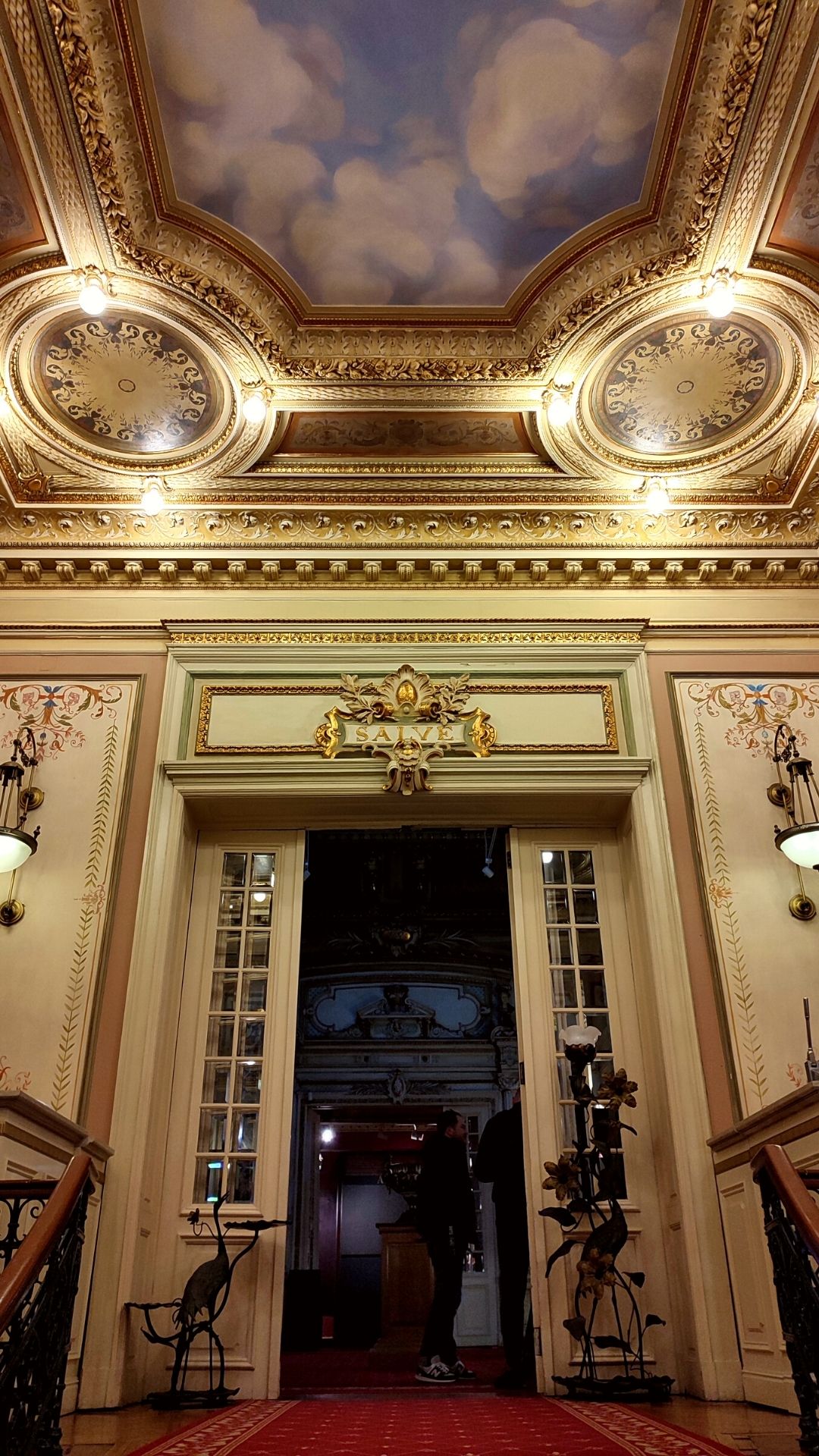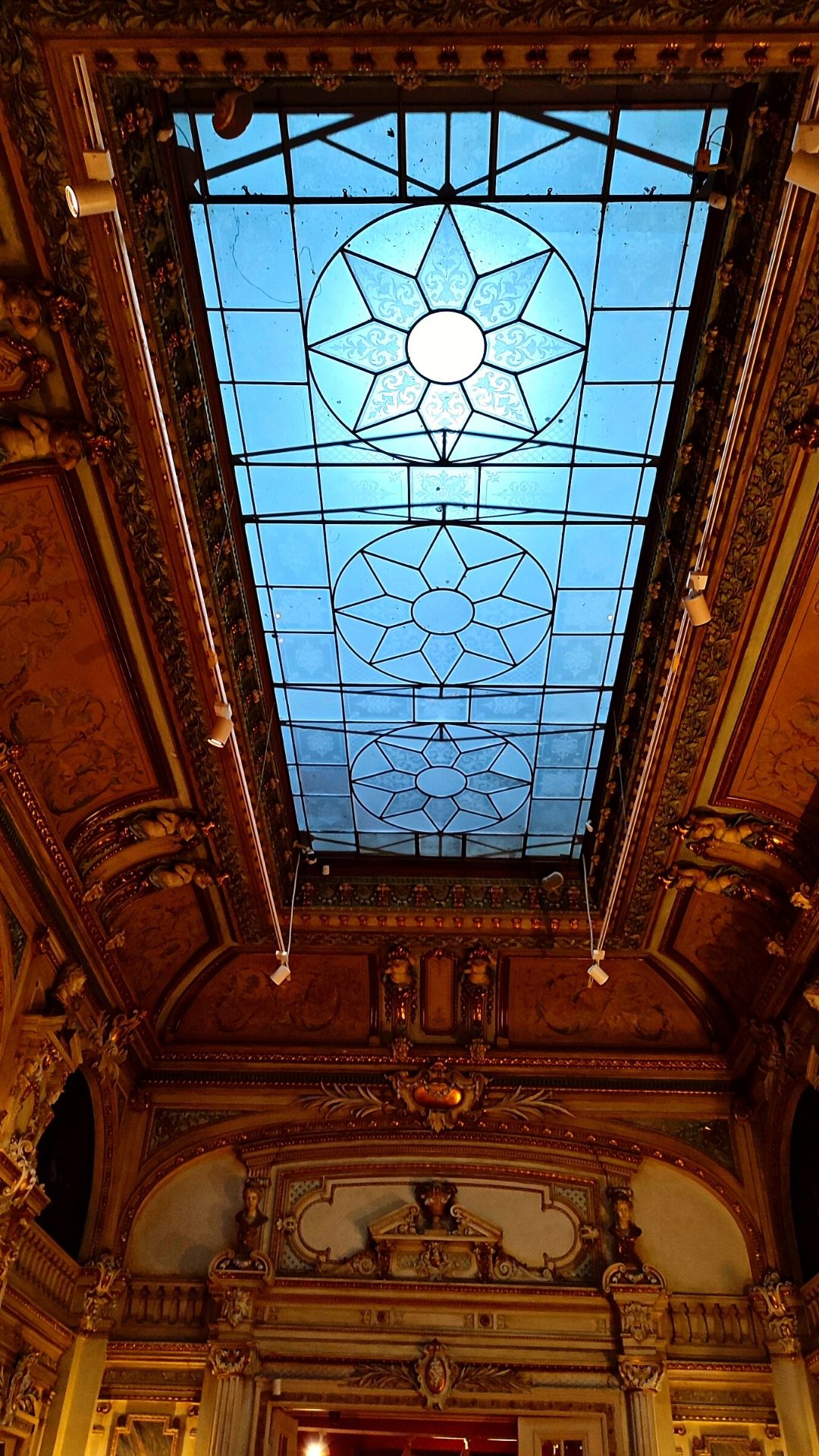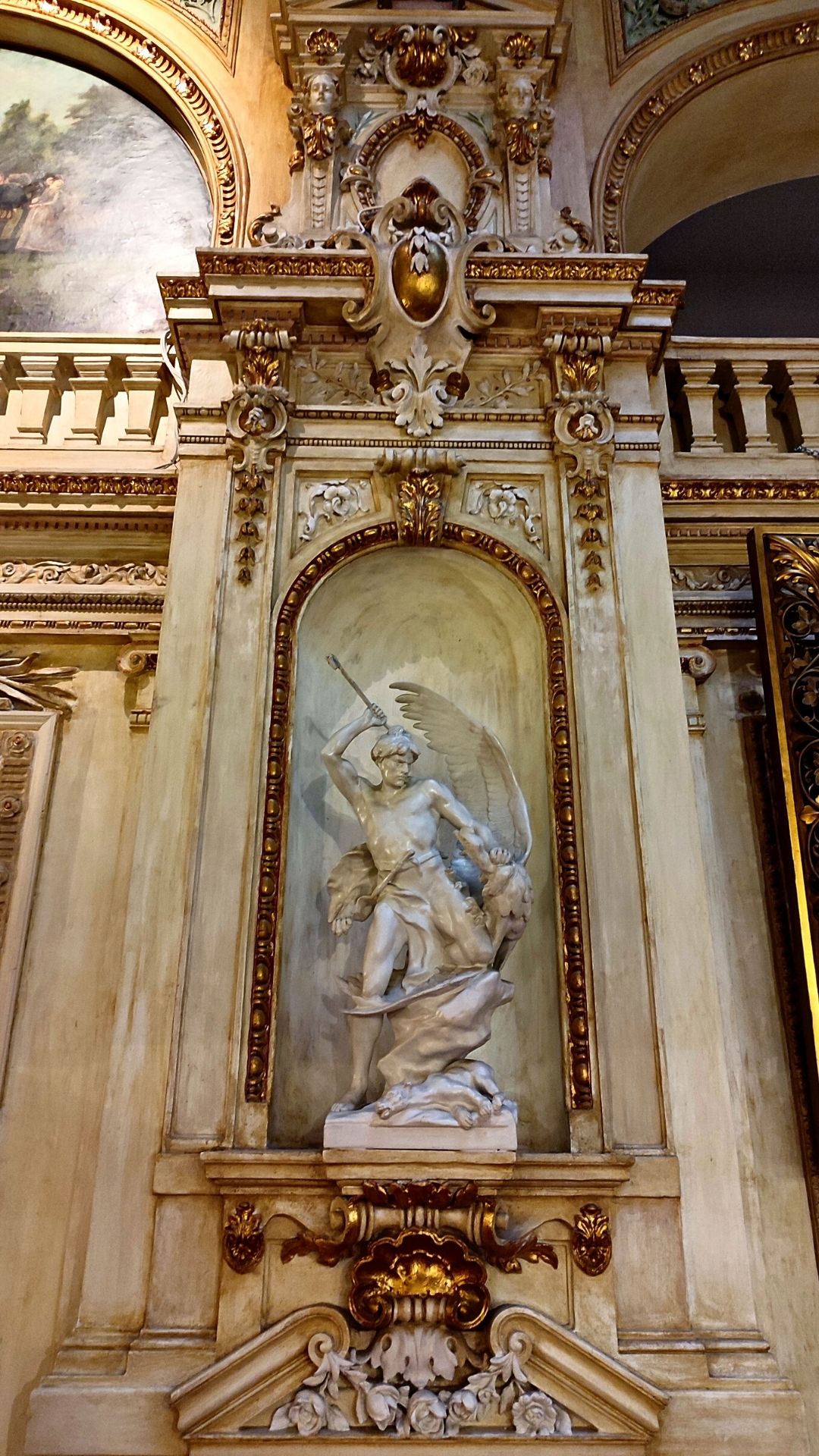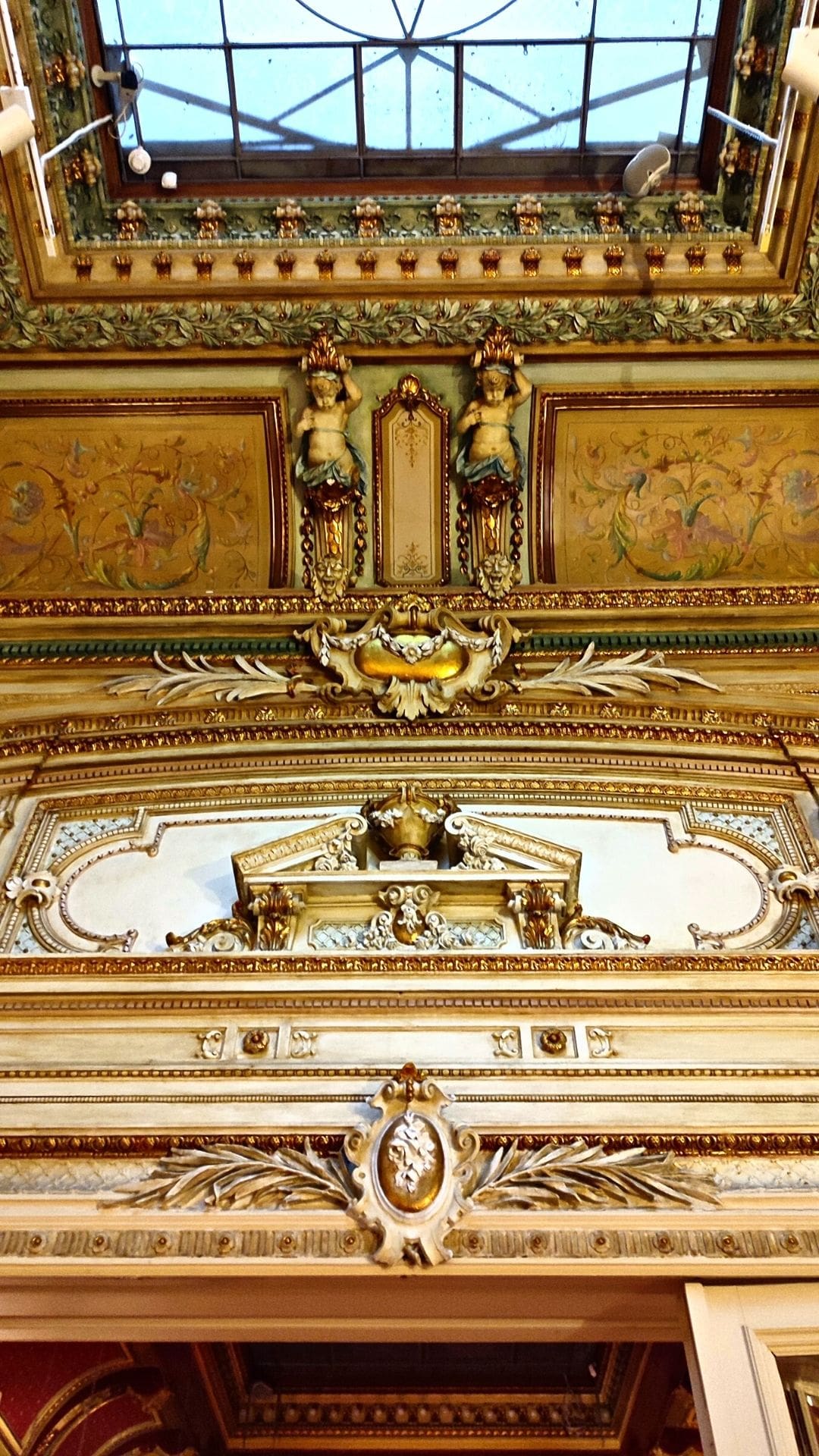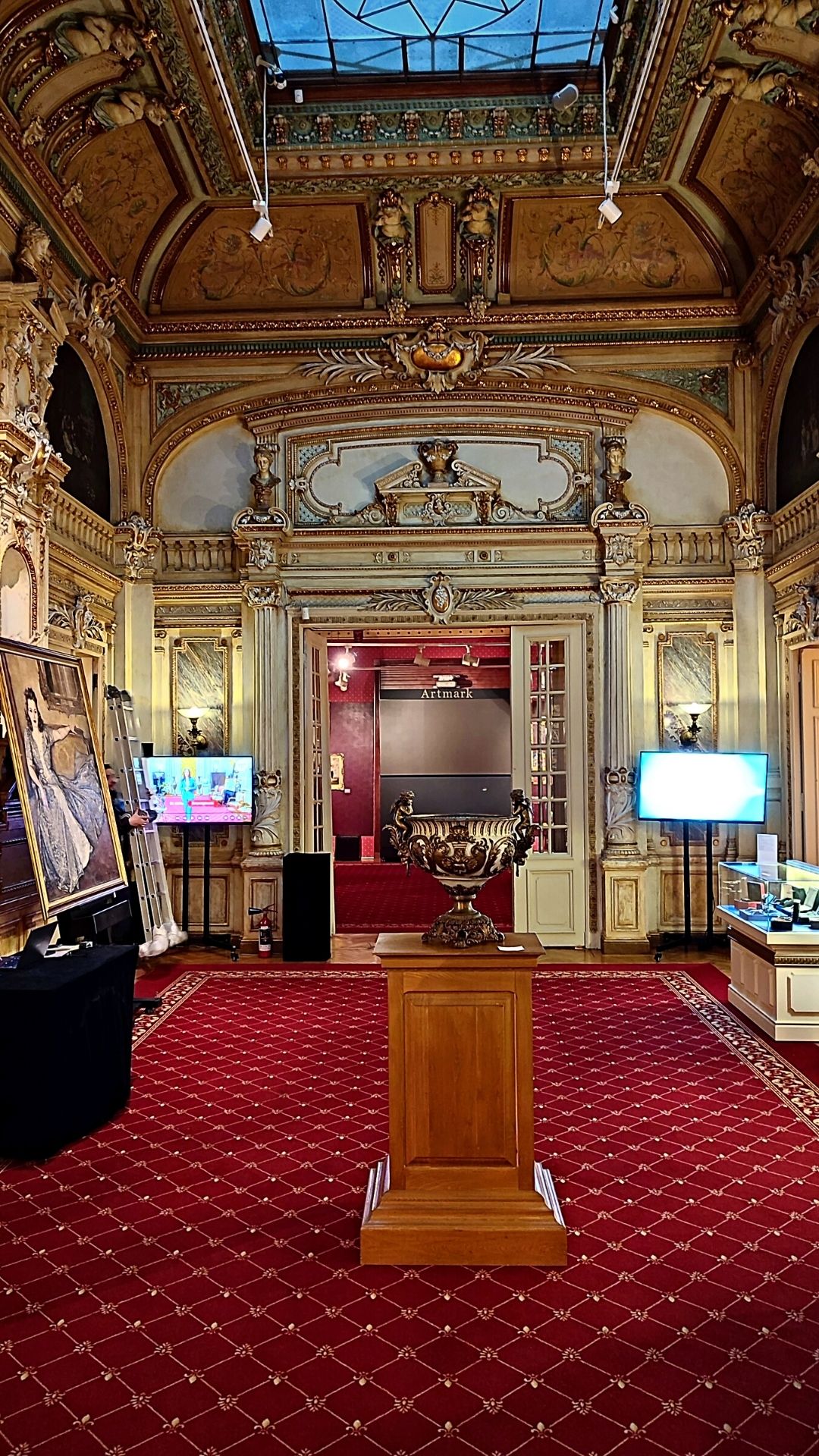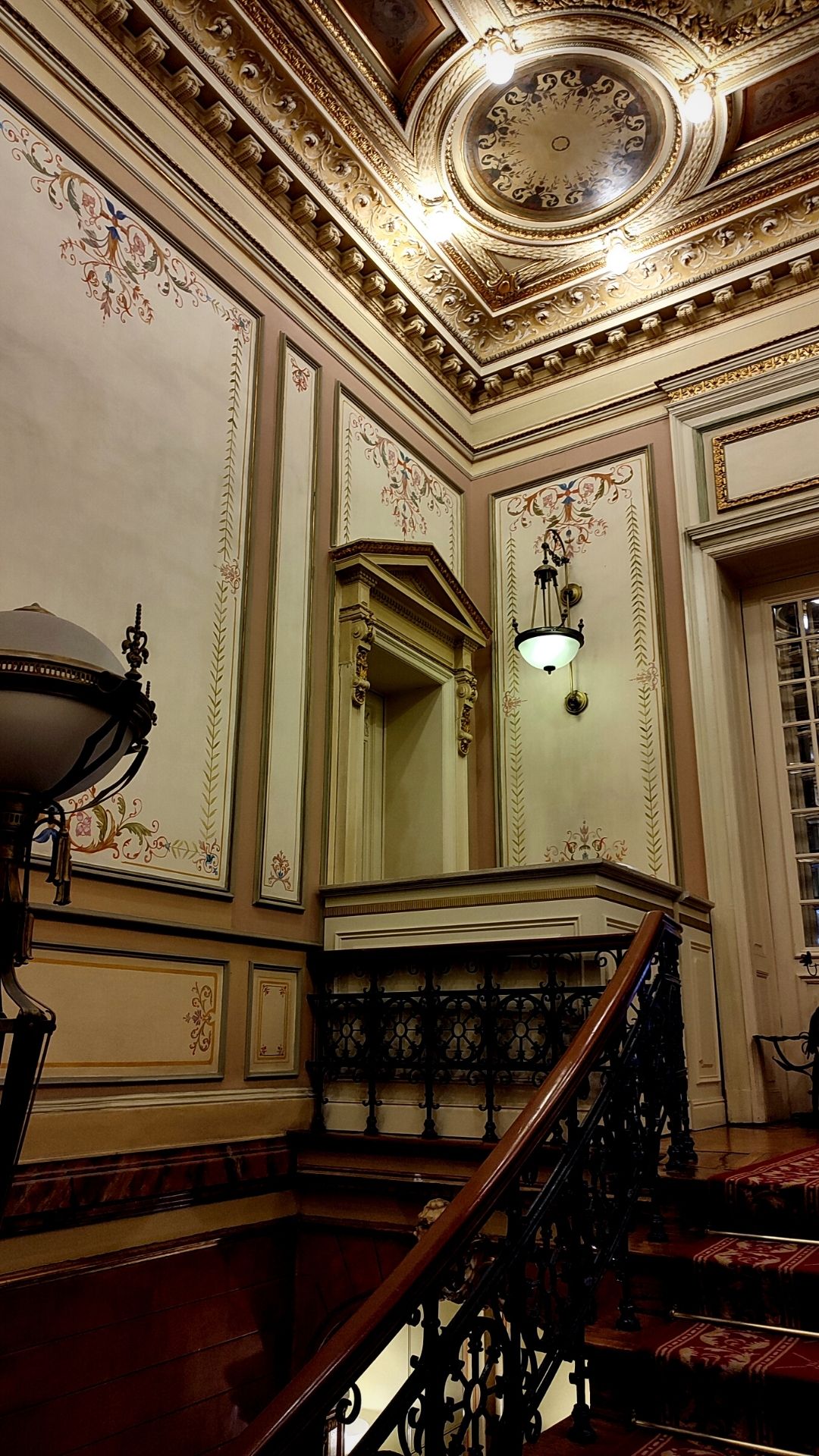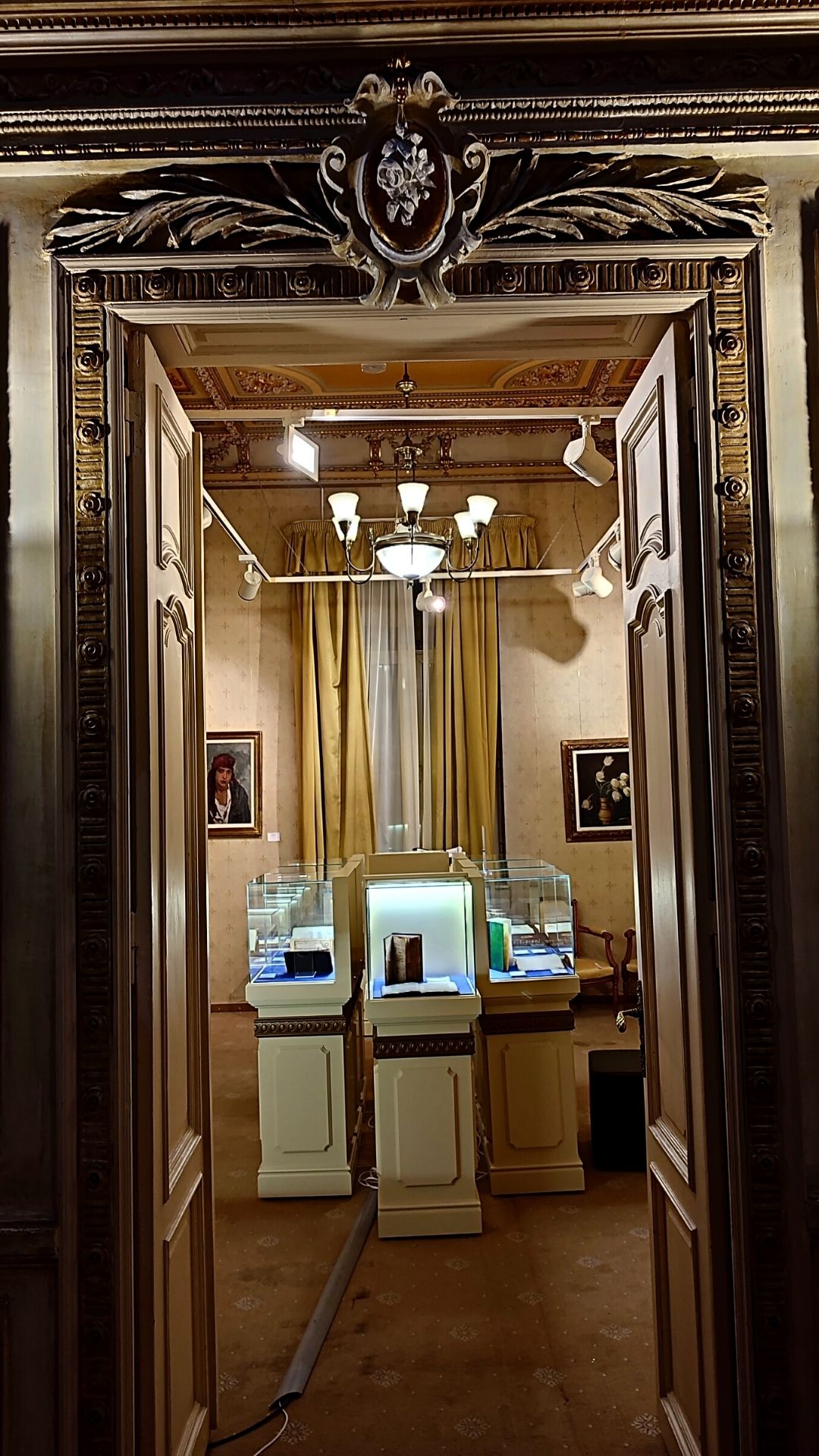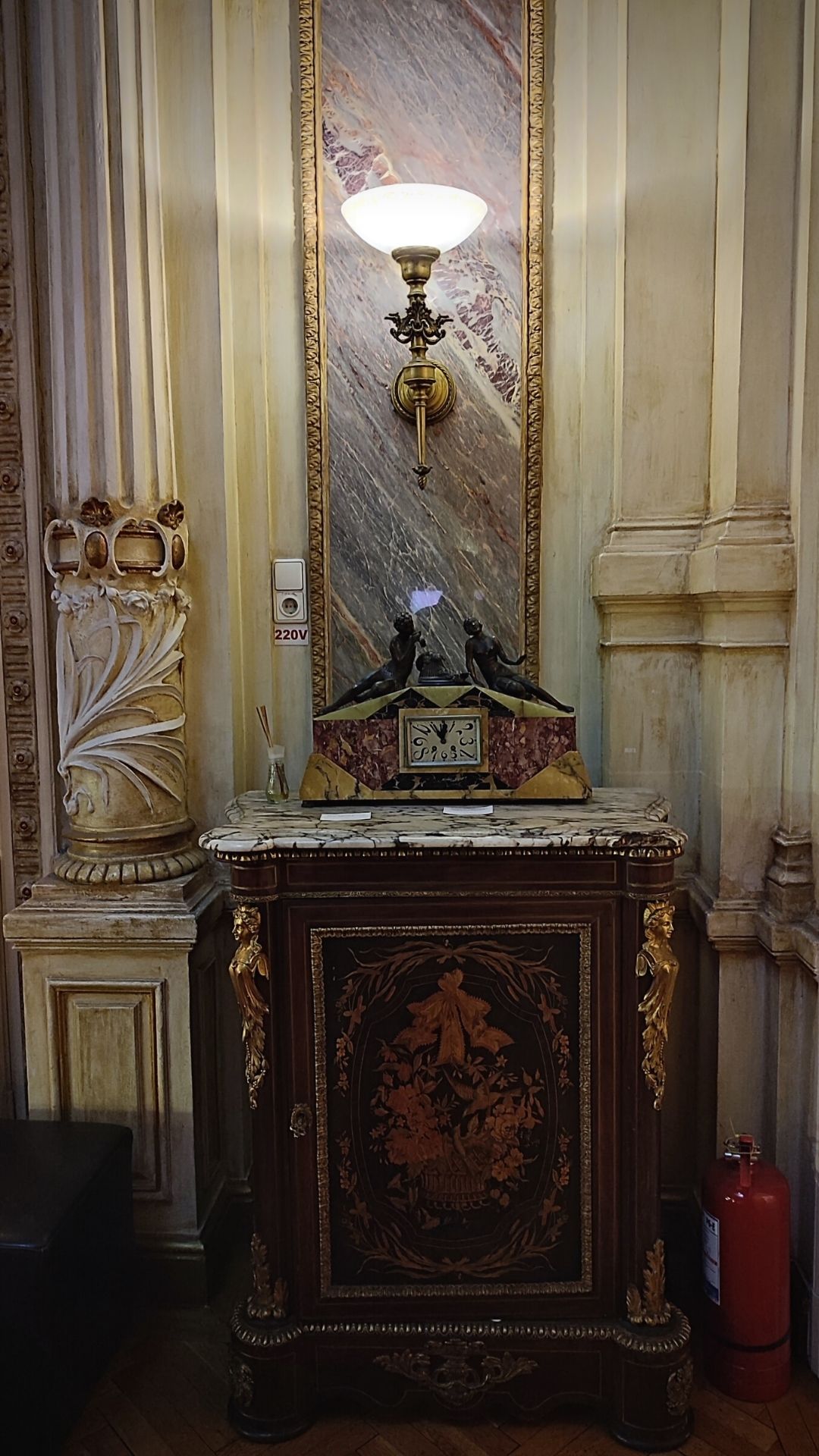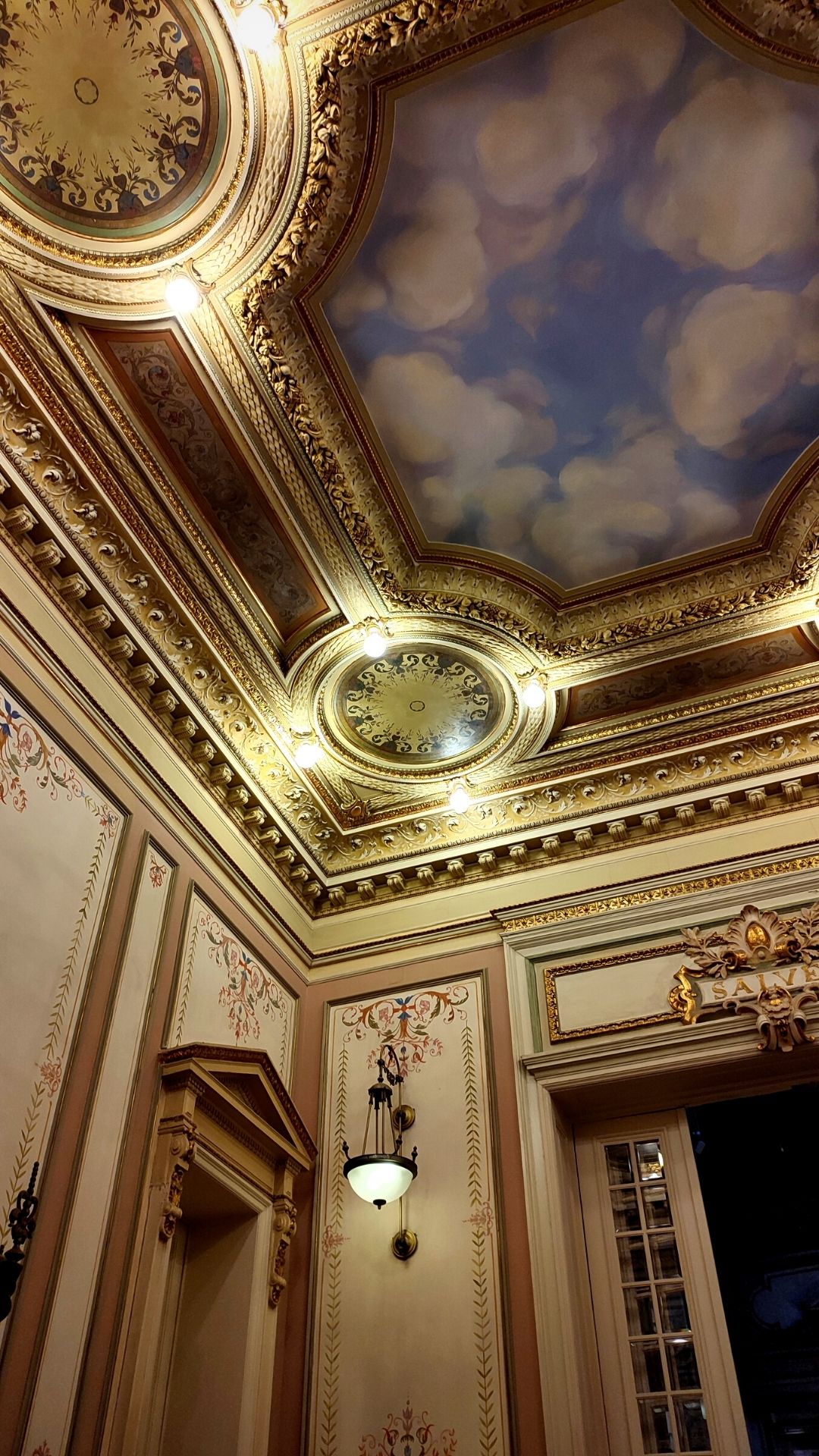The Cesianu Racoviță Palace, located in the heart of Bucharest, Romania, is a magnificent architectural masterpiece that showcases the city's rich cultural heritage and history. The palace was built in the late 19th century and has since been one of the most iconic landmarks in the city.
The Cesianu Racovita Palace, which has a rich past, has now been restored to a noble function: hosting works of art and an activity dedicated to the growth of the Romanian art market, namely the Artmark Gallery.
The Cesianu Palace is located in the center of Bucharest and in the vicinity of the most important cultural landmarks of the city: the Romanian Athenaeum, the National Art Museum of Romania, and the Central University Library.
The palace was designed by French architect Paul Gottereau and was commissioned by Nicolae Cesianu, a wealthy Romanian businessman. The palace construction took almost ten years and was completed in 1895.
The palace was initially used as a residence for the Cesianu family and later served as the headquarters of several banks and financial institutions.
The palace is a prime example of the French Renaissance style of architecture and is adorned with intricate carvings, sculptures, and frescoes.
The exquisite and large room was created between 1892 and 1900 in the Renaissance style, with the first level, the piano nobile, taking precedence over the bottom floor, which was meant for the shops. The palace has an area of 1,500 square meters and is made up of three structures with two stories each and an inner courtyard.
The palace's interior is equally impressive, with a grand staircase leading to the first floor. The central hall, considered the heart of the palace, is a masterpiece in its own right. The hall's walls are covered with frescoes that depict scenes from ancient mythology and history. The hall's ceiling is adorned with an intricate chandelier, which illuminates the room and creates a warm and inviting atmosphere.
The Palace's rooms were painted in the styles of the places the owner had visited. Cordoba leather was used to cover the seats of the Spanish saloon. The library, the books, and the walls were all covered in Cordoba leather, and the rugs in this area were purchased from Spain.
The French living room was furnished with French items. And each ceiling is adorned uniquely - the skylight is located in the central part, which provides interior light over the entire height of the decoration, simultaneously harmonious with the architectural concept. The Moorish living room was outfitted with high-quality oriental rugs and furnishings sourced locally. In 1900, the Austrian salon included Austrian furniture, carpets, paintings, and the famed Altvin silver of the highest grade.
According to Mihai Stomff, the Cesianu-Racoviţă Palace stood out at the beginning of the previous century for its modern features that provided occupants with a western lifestyle: electric lights, flowing water, and its heating plant. From then until today, the building served as a garrison, a company headquarters, and even a grocery store was opened here by the communists.
The Cesianu Racoviță Palace has played an essential role in Bucharest's cultural and social life. Throughout the years, the palace has hosted many prestigious events, including balls, concerts, and exhibitions. Today, the palace is open to the public and serves as a cultural center, hosting exhibitions, concerts, and other cultural events.
The Cesianu Racoviță Palace symbolizes Bucharest's rich cultural heritage and history and is a testament to the city's vibrant cultural life. The palace is a must-visit for anyone interested in architecture, history, and culture. Whether you're a resident or a tourist visiting the city, the palace is a magnificent architectural masterpiece that will leave a lasting impression on all who visit. The palace is open to the public and is a wonderful place to explore and learn about the city's rich cultural heritage.
Monday – 10.00 AM - 8.00 PM
Tuesday – 10.00 AM - 8.00 PM
Wednesday – 10.00 AM - 8.00 PM
Thursday – 10.00 AM - 8.00 PM
Friday – 10.00 AM - 8.00 PM
Saturday – 10.00 AM - 8.00 PM
Sunday – 10.00 AM - 8.00 PM

